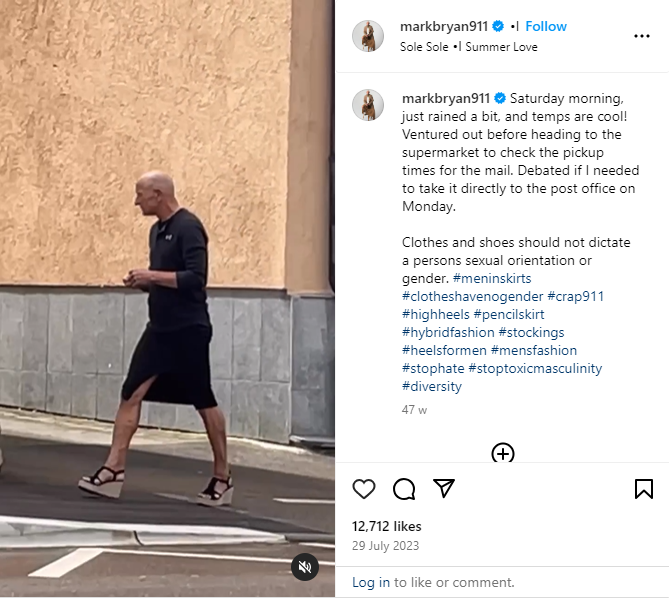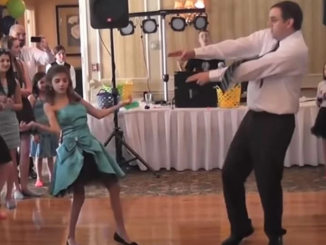
It’s crucial now more than ever to keep an eye out for dogs left in hot automobiles because summer is still going strong and temperatures are rising to record levels in many places.
Dogs who are left in hot cars will not survive for long due to their severe susceptibility to heat stroke. Accidents can still occur even if you believe you have done all the necessary safety measures to avert catastrophe.
That was the unfortunate situation that occurred recently when a police department K9 was left in a hot car without air conditioning and without emergency procedures in place, leading to his death.
Vader, a 4-year-old K9 with the Arnold Police agency in Missouri, passed away on July 31 from heat exhaustion, according to a press release from the agency.
Vader was left in a running patrol car with the air conditioner running, according to the department, which referred to this as a “necessary and common practice” for K9s who are not actively participating in police operations.
Officers found that the air conditioning system had broken down when they got back inside the car.
The police added that although all of their K9 patrol cars have a failsafe mechanism that sounds the horn, pulls down the windows, warns the handler, and triggers the alarms and sirens if the vehicle reaches a particular temperature, this emergency backup “failed to activate.”
After being taken to the veterinary facility in a hurry, Vader appeared to be improving, but he eventually passed away.
The Arnold Police Department posted, “Unfortunately, we learned last night that there were no further treatments available for Vader and he succumbed to his injuries.”
“Investigating this tragedy to determine what went wrong,” the department wrote in a letter. They also requested that people remember Vader’s handler and his family in their prayers and expressed their sorrow over his passing.
Understandably, the public has been devastated by the news and has experienced strong emotions; many have wondered if more might have been done to avert this disaster.
On Facebook, someone said, “Take the dog with you, just like a child. Common practice needs to change.”
For that reason alone, another person remarked, “These dogs should never be left in a car for an extended period of time, running or not.” “I know it was an accident, but nobody else should have to go through this.”
Others recommended enhancing or testing the emergency heat alarm system of the cars more frequently because it did not sound.
Vader is sadly not the only police dog to pass away after being left in a hot car; sadly, this happens frequently due to either officer negligence or—in this case—a malfunctioning air conditioner and backup system.
Horus, a second Missouri police dog, also passed away after being left in a hot car overnight, a few days before Vader did.
It is terrible that police dogs could suffer and even perish from a hot car since they put their lives in danger for their communities. Although emergency warnings and air conditioning are features of patrol cars, it is obvious that these devices are not infallible.
We hope that Vader’s untimely passing and the deaths of all the other K9 victims will spur more measures to safeguard their lives.
Straight Family Man Prefers To Wear Skirts And Heels As He Believes ‘Clothes Have No Gender’

Mark Bryan is a robotics engineer who has been married for 11 years and has a daughter. He identifies as straight and chooses to dress unconventionally. Bryan is an American living in Germany, and he doesn’t believe that fashion has to be gendered. You can find Bryan wearing a skirt and heels to work or out anywhere else he goes on any given day.
Bryan said he doesn’t like how limited men’s choices are in the fashion department, especially when it comes to office attire. Men’s pants only come in a few colors, mostly black, gray, dark blue and the occasional pinstripe, and cuts.
The stylish dresser believes that if women are allowed to wear pants, men should be able to wear skirts and dresses as well. Bryan likes how skirts come in many styles and patterns – and many more colors – unlike men’s clothing.

Bryan prefers to mix traditional gender looks by wearing masculine attire on his top half, like a blazer and tie, and traditionally feminine attire on the bottom half. He will typically wear a pencil skirt and four-inch heels on the bottom.
Wearing high heels is no problem for Bryan. He first learned how to do it when his college girlfriend asked him to wear high heels while dancing with her so that they were on the same level. They continued this for over a year.
Bryan doesn’t let stereotypes or assumptions stop him from dressing in a way that brings him joy. He challenges expectations and does so unapologetically. Keep reading to hear what Bryan has to say about his fashion choices.
Bryan has a very clear idea about how he likes to dress. He told Bored Panda: “To me, clothes have no gender. I prefer skirts to dresses. Dresses don’t allow me to mix the genders. I prefer a ‘masculine’ look above the waist and a non-gendered look below the waist. It’s all about clothes having no gender.”
He continued: “I am old enough to remember that in school, the girls could not wear pants. Pants have now become a non-gendered article of clothing. So why can’t skirts and heels be non-gendered? Besides, men wore heels before women did. Maybe not today’s stiletto-style heels, but men did wear heels before women.”

Bryan is correct about that. High heels can look back on a long history. Although historians and archaeologists cannot date their invention clearly, they have been around at least since the 10th century. And they were not a fashion statement at first. No, the first recorded use of high heels was eminently practical: the Persian cavalry wore boots with heels, called a kalash or galesh, that made it easier for them to keep their feet inside their stirrups. This is, by the way, the same reason why cowboy boots have a small heel as well!
Since owning a horse was a sign of wealth, only well-off men could afford to wear these high-heeled boots. The use of them slowly spread across Europe, and high heels heels became one of the fashion signs of rich noblemen or traders. In fact, following the Great Schism of the Christian Church in the 11th century, even the pope wore high heels.
It wasn’t until several hundred years later that fashion slowly changed. During the 18th century, cultural concerns in Europe came up about the distinction between males and females and talk about what men and women should wear arose. This is the point in time where the belief that fashion is something effeminate and frivolous that “real men” shouldn’t care about hails from. Due to these changing beliefs, men largely abandoned high heels heels, as they were seen as impractical and mere accessories.

Bryan is one of the examples of how high-heels are slowly coming back as an accepted form of footwear for men. Although the engineer champions the option of wearing high-heeled shoes for men, he understands many people will look twice when they see him. He compares his style choices to someone who chooses to dye their hair bright colors. He explained:
“Take a person with bright green hair. Green hair is not normal. You look up and see this person, your mind tells you it’s a person with green hair, you think to yourself, that’s odd or interesting, then you go back to do what you were doing and don’t give it another thought. I believe this is the same when people see me in a skirt and heels.”
Bryan doesn’t have to struggle to find skirts and heels that fit him either. He wears a size 8 in skirts, and with smaller feet for a man, his shoe size in heels is 8.5. If you know a man who is considering trying out wearing heels and skirts too, Bryan suggests starting with a lower heel until you feel more comfortable walking in high heels.
What do you think of Mark Bryan’s style choices? Do you know any men who would try walking in high heels? Let us know, and be sure to send this along to your friends and family.




Leave a Reply